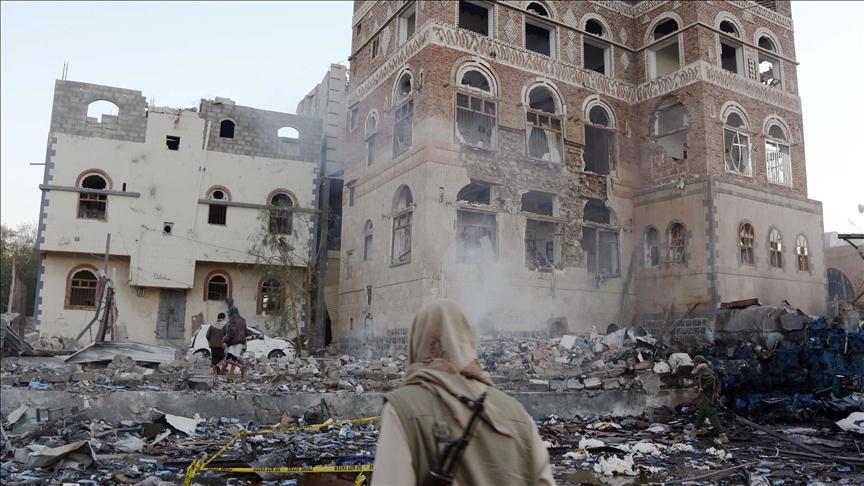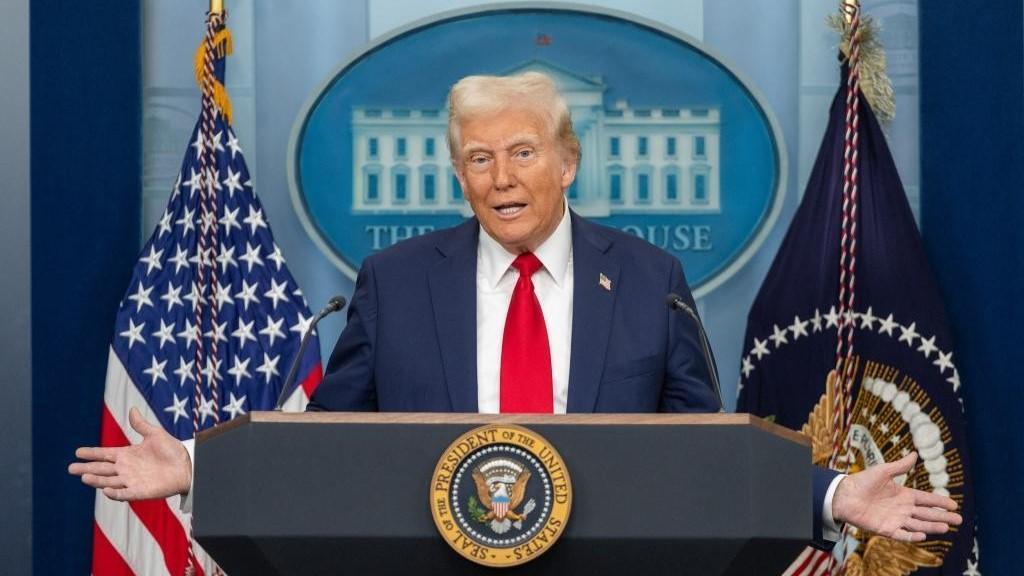Personal data safety
Unfortunately, we are again face-to-face with a bill written with an étatist mindset. The bill on protection of personal data provides a legal assurance for the state’s intervention in this field instead of providing privacy for individuals.
Since the 1980s, the world has been discussing the safety of personal data; legal arrangements have been completed in European countries and in the U.S. and international agreements have been prepared. The aim is to prevent violations of individuals’ private fields and provide them free usage of their personal data. In other words, it aims to protect individuals against market economy players that commercialize data, public authority which uses electronic means to observe individuals’ private fields and against other attacks.
The bill being debated in parliament, on the other hand, is based on the priorities of the state, not the individual. It is “necessary for preventing crime” and while public institutions and establishments are conducting their control and regulatory duties, they will be able to process personal data. Individuals in such cases will not be able to ask to be informed, or for the processed data to be corrected or erased. With this clause, the means to “blacklist” people are opened for security units.
In the 28th article of the bill under the title “exceptions,” personal data is allowed to be processed “within the context of preventive, protective and intelligence gathering activities for the purposes of providing national defense, national security, public order and economic security.” Thus, security forces, especially intelligence services, are given a green light for personal data privacy without obstacles.
I hope the sub-commission will rewrite and convert the bill into a text that protects the individual based on freedom of expression and freedom of the press.
Respect for martyr families
It has become a ritual of martyr stories. Not a day passes without the publishing of a photo or broadcasting of coverage of the moment families are told about the martyrdom of their children.
Most of the time, the officers and journalists knock on their door simultaneously. The news is given in front of the reporters and cameras. Later, photographs are published as “That moment” or “This was how the martyrdom news was given to the family.”
In daily Hürriyet, and in several media outlets, on Jan. 22, the photographs were published of the moment father M. Emin Şahin was devastated when he opened the door and saw officers and journalists there.
When I saw that photograph, I was very sad. My young colleague, Ercan Çelebi from İzmir, was also very moved by the photo. He made a suggestion to Hürriyet:
“When martyr families see the reporters even before the military officials arrive, they understand the situation and go into shock. That image when peoples’ worlds are shattered may be important for the reporter with a reflex for newsworthiness. But the filming and picture-taking of these people, who already have a very difficult time facing this trauma, at their most defenseless moments is heartbreaking and very hurtful in terms of conscience. Why don’t you be a pioneer on this? Do not send reporters to the houses of martyrs before military officials inform them or do not print those images.”
I agree with this suggestion. If you remember, last year when the district governor of southern Hatay province’s Hassa, Mustafa Pala, gave the grave news to a family in front of cameras, he was accused of being insensitive. I felt the same thing also at that time. If it is inappropriate to give this devastating news in front of cameras, then the journalists should also wait for the family to be informed, right?
In my opinion, families should be left alone at that moment. Could there be any more private, confidential time than that moment? Moreover, the reporters would not lose anything if they wait for some time and then take pictures of the family after they heard the news.
They should respect people living through their pain.
Even if these photographs are shot, editors should not use them. Then the reporters would not be in a difficult situation. It is time to demonstrate that there are human beings behind the cameras also.











